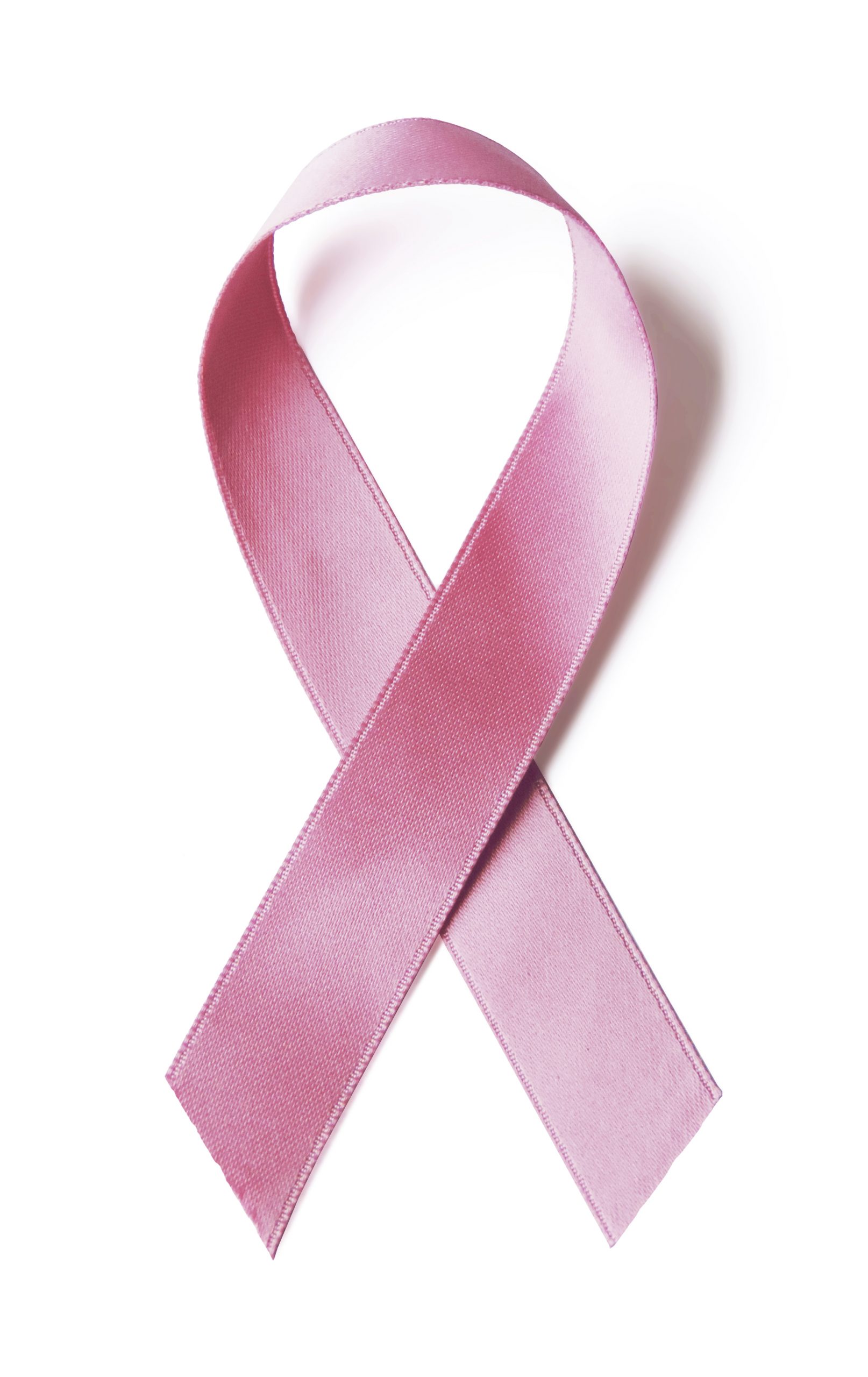October is Breast Cancer Awareness Month

Posted on October 14, 2020
October is Breast Cancer Awareness Month, an annual campaign to increase breast cancer awareness and education, while also promoting research into its cause, prevention, diagnosis and treatment.
Breast cancer affects nearly every family and I am proud to help spread the word about the importance of this cause, which is meaningful to so many families in our community.
In 2018, I supported and the legislature passed, HB 5208 – An Act Concerning Mammograms, Breast Ultrasounds and Magnetic Resonance Imaging of Breasts – to expand the types of breast imaging services that certain health insurance policies must cover, by defining “mammogram” as a mammographic examination or breast tomosynthesis, including any procedure with one of 13 specific Healthcare Common Procedure Coding System (HCPCS) billing codes or any subsequent corresponding codes.
Please get regular medical checkups and mammograms and contact your medical professional if you have questions or concerns.
Key Statistics About Breast Cancer
According to the American Cancer Society, breast cancer is the most common cancer among American women, except for skin cancers. About 1 in 8 (13%) women in the US will develop invasive breast cancer during their lifetime. However, that also means there’s a 7 in 8 chance a woman will never have the disease.
The American Cancer Society’s estimates for breast cancer in the United States for 2020 are:
- About 276,480 new cases of invasive breast cancer will be diagnosed in women
- About 48,530 new cases of carcinoma in situ (CIS) will be diagnosed (CIS is non-invasive and is the earliest form of breast cancer)
- About 42,170 women will die from breast cancer
After increasing for more than 2 decades, female breast cancer incidence rates began decreasing in 2000, then dropped by about 7% from 2002 to 2003. This large decrease was thought to be due to the decline in use of hormone therapy after menopause that occurred after the results of the Women’s Health Initiative were published in 2002. This study linked the use of hormone therapy to an increased risk of breast cancer and heart diseases. Incidence rates have been stable in recent years.
Breast cancer is the second leading cause of cancer death in women, exceeded only by lung cancer. The chance that breast cancer will be responsible for a woman’s death is about 1 in 38 (about 2.6%). Death rates from breast cancer have been declining since about 1989, with larger decreases in women younger than 50. These decreases are believed to be the result of earlier detection through screening and increased awareness, as well as improved treatment.
At this time there are more than 3.5 million breast cancer survivors in the United States. (This includes women still being treated and those who have completed treatment.)
You can also find information from the Susan G. Komen Foundation.